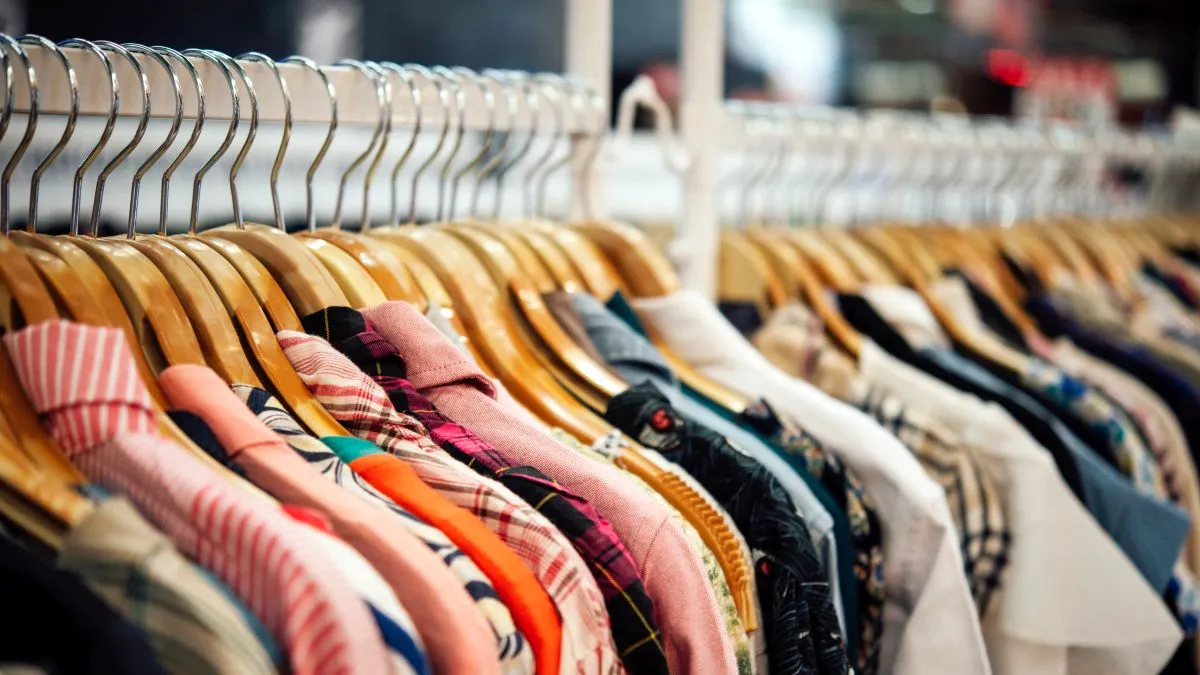Record clothing purchases abroad: imports rise and the crisis in the textile industry deepens


Argentine consumers have spent more than USD 1.5 billion on imports so far this year, according to a report by the Argentine Chamber of the Apparel Industry ( CIAI ) . Sales and employment are falling, and payment problems in the sector are increasing.
Spending on clothing purchases from abroad reached a historic record in Argentina. Between January and May 2025, consumers channeled USD 1.572 billion abroad, representing a 136% jump compared to the same period the previous year and 9% above the previous record set in 2017. This was revealed by the Argentine Industrial Chamber of Clothing (CIAI) in its latest report, which also noted a 211% increase in the use of the door-to-door system during the first five months of the year, with a peak of 253% in May alone.
The impact on the national industry is evident. According to the CIAI sector survey for the third two months of 2025, 56% of textile companies reported a drop in sales between May and June . On average, the decline was 7.7% year-over-year. Only 32% reported any improvement.
Stockpiling also increased: 35% of firms reported having stocks above their desired level. At the same time, those reporting balanced inventories fell 9 percentage points, while those with shortages fell 2 points.
The main problem facing the sector continues to be low domestic demand: 77% of the companies surveyed cited it as the biggest operational obstacle, the highest level since mid-2024. Rising costs followed, cited by 17%.
Adding to this situation are the effects of external competition, the tax burden, and increasing delays in the payment chain. Fifty-eight percent of companies reported being unable to pass on salary increases to sales prices, a jump from 40% who reported this in the previous two-month period. Another 23% only managed to pass on a portion of the increase.
The adjustment also impacted formal employment. Twenty-four percent of firms reduced staff through unreplaced layoffs, while 18% made layoffs. In contrast, only 2% hired new staff in this two-month period, compared to 10% in the previous one.
At the same time, the report noted a deterioration in the payment chain. Companies without significant delays fell 9 percentage points. Frequent delays reached an all-time high, and sporadic payment interruptions began to appear, something not seen in previous surveys. Small and medium-sized businesses are the most affected.
The balance of short-term expectations shows a climate of pessimism. Only 14.5% expect an improvement in sales for the next quarter. In contrast, 59.7% expect the situation to remain the same, and 25.8% believe it will worsen.
Regarding the overall evaluation, the "fair" response rate increased from 72% to 48%, while the "bad" and "very bad" ratings rose to 23% and 11%, respectively.
The report's conclusion is clear: the apparel industry is at a critical juncture, affected by a combination of falling domestic demand, difficulties in passing on costs, rising imports, and a progressive crisis in operating financing.
elintransigente





